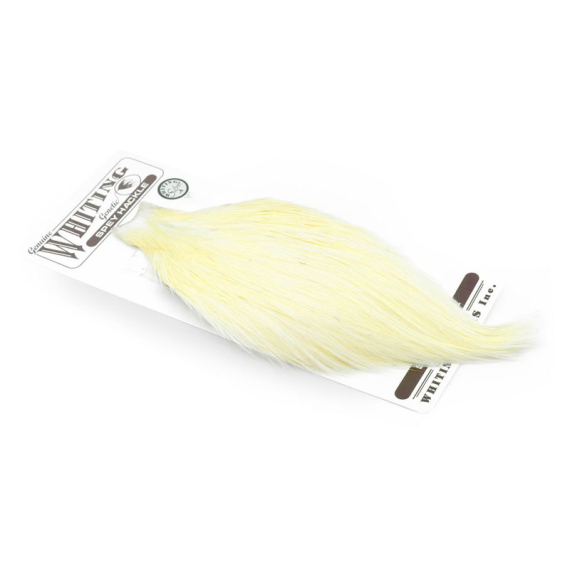Spey and Dee flies demand unique feathers for a smooth profile and flowing movement in fast water. Originally, Spey Cock feathers from roosters in Scotland's Spey Valley were used, but they became rare and were often substituted with heron feathers, which were later banned. This led to the development of genetic Spey Hackle feathers after years of selective breeding.
Genetic Spey Hackle feathers offer:
- Long, durable feather structure with strong barbs
- Freedom from intermediate fibers for a clean casting profile
- Softness and density for natural movement and easy tying
- A broad color and pattern selection, ideal for dyeing
- Various sizes for tying both small and large flies










